According to the STM report, thirty-three thousand peer-reviewed academic journals are published annually. No wonder it is difficult to choose the journal for your publication. After all, you have put a lot of effort into writing the manuscript and want to maximize the impact it makes.
A well-selected journal for your research paper will be respected by your peers, it will increase your chances of citations, and improve your academic CV.
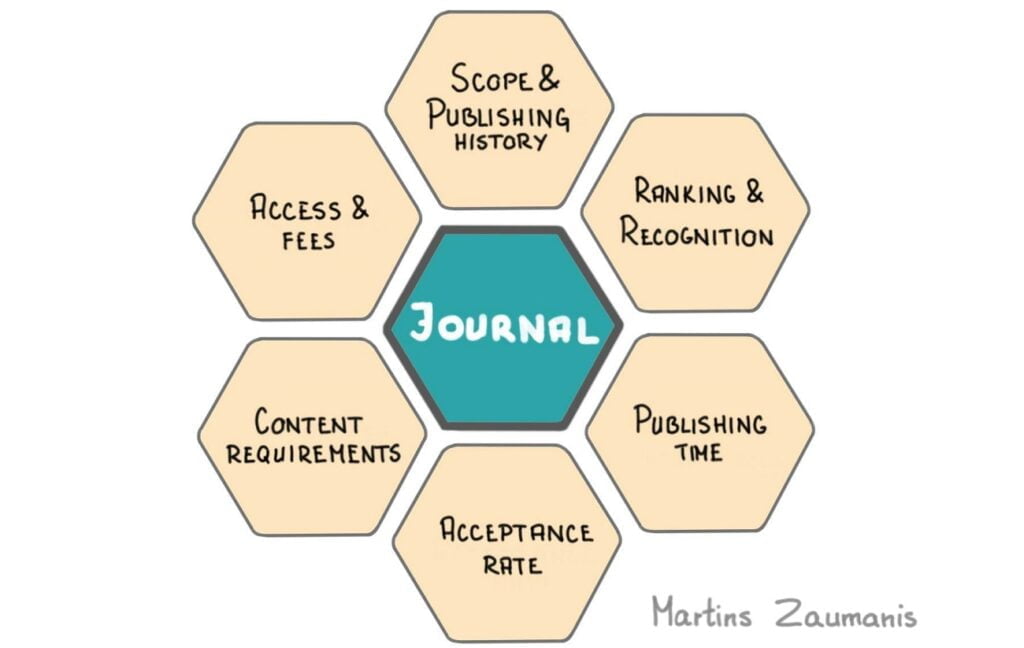
Here are the six key considerations for selecting the most suitable academic journal for your newest paper:
Let’s look at each of these journal selection steps in detail. Whenever possible, I will include tools that will help you with journal selection.
1) Journal scope & publishing history
Here are three good ways to start your search for an academic journal:
- Start the journal selection by revisiting the journals that published the papers you used for preparing the manuscript. This test gives some assurance that the paper you want to publish will be among similar articles and thus – among the trusted sources in your field.
- Ask your peers and supervisor for recommendations. They will often know how difficult it is to get accepted and how long does it take to publish in different journals.
- The major publishers offer tools that help find the most appropriate academic journals from their lineup. You will have to input the manuscript title, abstract, and some keywords. Then hit Enter and see the journal recommendations.
- For journals published by Elsevier: https://journalfinder.elsevier.com/
- For journals published by Springer Nature: https://journalsuggester.springer.com/
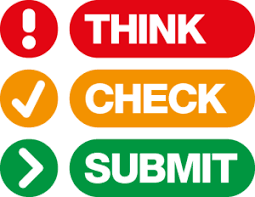
When deciding where to publish your research paper, you will want to avoid predatory publishers. “Think. Check. Submit.” will remind you of some basic steps to consider in journal selection. The website offers a checklist, that will help you to assure that a particular journal can be trusted: https://thinkchecksubmit.org/
Once you have narrowed it down to a few journals, read the “Scope” section on the journal website to make sure your research fits in. But do not stop here – the journal scope is often quite broadly defined. For this reason, it is important to see if the journal has previously published research articles on the topic that you are writing about. A quick keyword search for research papers in the previous several years will reveal if the journal is indeed willingly accepting manuscripts similar to yours.
2) Journal ranking & Recognition
Before submitting, make sure that the journal you choose is indexed in databases that are commonly used in your field. Here are some of the most recognized research paper databases:
- https://www.webofknowledge.com/
- https://www.scopus.com/
- https://pubmed.ncbi.nlm.nih.gov/
- https://scholar.google.com/
Academic journals compete on the basis of their rankings, meaning that for good journals, it is usually quite easy to find the journal metrics on their website. Impact Factor and Journal Rank are the most popular metrics in most fields. At the core of it, any of these metrics are based on the number of citations that articles published in a particular journal have received in the past couple of years.
What exactly is a good score for a particular journal depends on your field because different fields have different customs towards citing previous literature. For this reason, rather than only looking at the score, check also the ranking of the selected journal compared to other journals in your research field.
Journal impact factor includes journals that are indexed by the Web of Science. Look up the rating here: https://jcr.clarivate.com/ Keep in mind that this is a commercial service so you will need to access the website through your university or library.
SCImago Journal Rank calculates the impact of a journal by summarizing its citation statistics in the last three years. Here is a handy search tool that spits out useful graphics, illustrating citations over the years: https://www.scimagojr.com/
CiteScore uses journals that are indexed by Scopus and the results are calculated for the previous four years: https://www.scopus.com/sources
Source-normalized Impact per Paper (SNIP) normalizes journal scores based on the citation practices of different fields. This allows comparing journals from various research domains: https://www.journalindicators.com/indicators
Want more citations?
3) Journal publishing time
The time from the first submission of your research paper to its publishing in the journal can range from several weeks to many months. It is good to know what you are in for before submitting a paper, especially if time is of importance. This might be the case, for example, if you need to publish a certain number of papers before graduation or before a research project is finished.

Some journal publishers offer statistics on the average time from manuscript submission to the printing of the paper in the journal.
But don’t bite the hook too easily. The average time to the paper publication of 3 months sounds good. But this might be the average time of three research articles being rejected by the journal editor one week after submission and one paper accepted 11 months after submission. 11 months for a publication does not sound good at all.
Rather than trusting the journal statistics, check several published articles for the duration between the paper submission and its publication. You will find the dates on the paper title page or on the online webpage of the published paper.
Another way to get an idea about paper publishing time is to use third-party tools. One such tool is LetPub journal search which allows getting a quick glimpse of the expected review time and competitiveness of a particular journal. It is not the most accurate tool, in my experience but it’s a good start.
4) Journal acceptance rate
Most journals will let you know the acceptance rate of the published research papers on the journal website. Here is an example. The LetPub tool also gives some estimates of the acceptance rate for different academic journals: https://www.letpub.com/index.php?page=journalapp&view=search
Once you know the answer, be honest to yourself in comparing how the level of your research paper stands up against the published papers in the particular journal. Then estimate the level of risk of rejection you are willing to take at your stage in the academic career. Remember that a paper rejection by reviewers can take several months and you will have to start over at another journal.
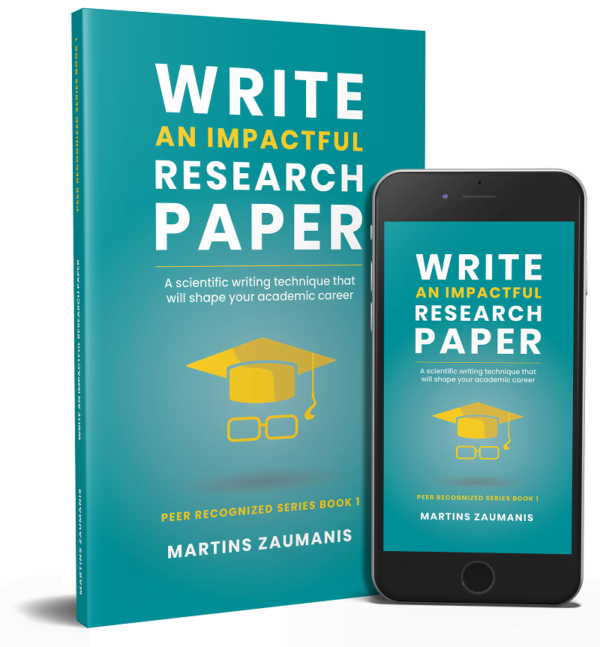
In my book, I will show you how to write papers that get accepted in top journals.
5) Journal content requirements
Each academic journal will have a section titled “Guide for Authors ” (see an example here). This section details the requirements for the paper layout, length, illustrations, and formatting. Follow it carefully to avoid annoying the journal editor and reviewers.
Sometimes the manuscript you have written will not fulfill the journal requirements. For example, it might be considerably longer or hold more figures than what is allowed. Unless the journal you are trying to publish in is in the territory of “Nature“, it is rarely worth sacrificing the clarity of your paper in exchange for getting into a particular journal. Most often a better option will be to find a journal that allows publishing the best possible version of your paper.
6) Journal access & fees for publishing in the journal
In the traditional publishing model, publishers accept research papers for free and charge the readers for accessing them. Open-access journals reverse the process, by charging the authors and providing free access to readers. In special cases, the submission may also be free (for example when a particular academic institution is paying the fees).
How to select a journal in case you want to publish your paper in open-access mode?
The following journal selection tools will help you to make sure that the selected journal is fulfilling good publishing practices (read: it is not a predatory journal). These journal selection tools will also help you to understand the copyright rules and find out the publication fees.

Directory of open-access journals provides a search tool to find gold open-access journals. It also provides some basic information about them, including publishing charges and information about the copyright agreement that you will have to sign: https://doaj.org/ .
Scholarly Publishers’ Association (OASPA) only accepts publishers in its list after a strict review process. Finding the publisher of your selected journal among its members thus offers some assurance of the journal’s quality: https://oaspa.org/membership/members/
Sherpa/Romeo database helps to navigate copyright agreements of different publishers by showing how you are allowed to share the submitted, reviewed, and published versions of the paper. The tool will also allow you to find how long the embargo period for different journals is (the time you have to wait before freely sharing your research paper): https://v2.sherpa.ac.uk/romeo/
Back in 2008 librarian Jeffrey Beall created a list of potentially predatory open-access journals which he published at https://beallslist.net/ . Eventually, the pressure from publishers and his own employer forced him to stop curating the website in 2017, but the original Beall’s list is still available and might be useful for some.
Journal selection is important but don’t overestimate its role
Journal selection for your next research paper is undoubtedly a vital task. But is it also important to remember that the days when readers were browsing particular academic journals are long behind.
Nowadays, someone searching for a paper on a particular topic usually visits an academic search engine (e.g. https://scholar.google.com/), plugs in a couple of keywords, and looks for papers that catch the eye. Sure, this reader will look at the journal title to make sure it is his/her mental list of good journals. But it is doubtful if this reader will care what exactly is the Impact Factor of the particular journal before downloading your research paper.
The often-practiced approach of setting the journal ranking as the sole journal selection criteria in some cases actually might hurt your chances of being cited. That is because the search for the highest-ranking journal might lead you away from academic journals that are well-known in your research field. In this case, even if a particular journal is highly ranked, the reader might shy away from reading your research paper because of not recognizing the particular journal title.
It is worth keeping in mind that the success of your publication will be ultimately judged by the quality of content and the number of citations it receives. The journal ranking does not define a paper’s impact.
Ultimately, submitting your paper to a well-respected academic journal that is recognized in your field will help you to get it into the hands of people who are most interested to read it.
Of course, your main focus should be on doing a thorough research and writing the best possible publication. This will bring the most citations and the greatest personal satisfaction.
Write an impactful research paper
Hi! My name is Martins Zaumanis and in my interactive online course Research Paper Writing Masterclass I will show you how to write research papers efficiently using a four-step system called “LEAP”. You will learn to to visualize your research results, frame a message that convinces your readers, and write each section of the paper. Step-by-step.

Hey! My name is Martins Zaumanis and I am a materials scientist in Switzerland (Google Scholar). As the first person in my family with a PhD, I have first-hand experience of the challenges starting scientists face in academia. With this blog, I want to help young researchers succeed in academia. I call the blog “Peer Recognized”, because peer recognition is what lifts academic careers and pushes science forward.
Besides this blog, I have written the Peer Recognized book series and created the Peer Recognized Academy offering interactive online courses.


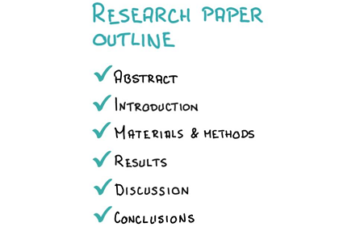

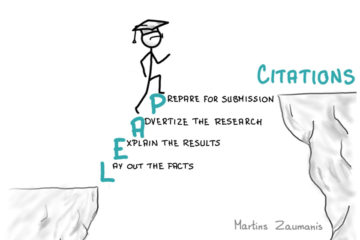


4 comments